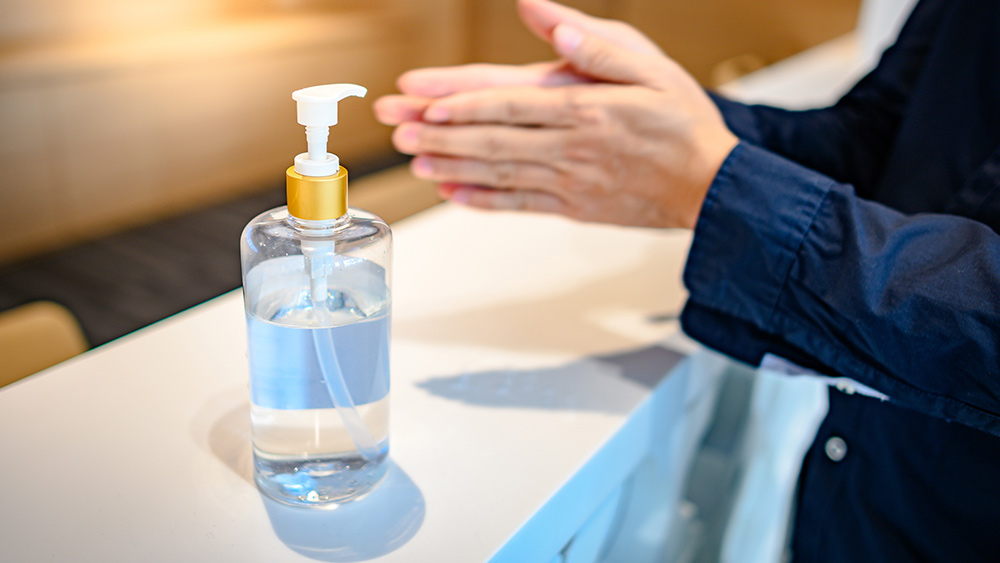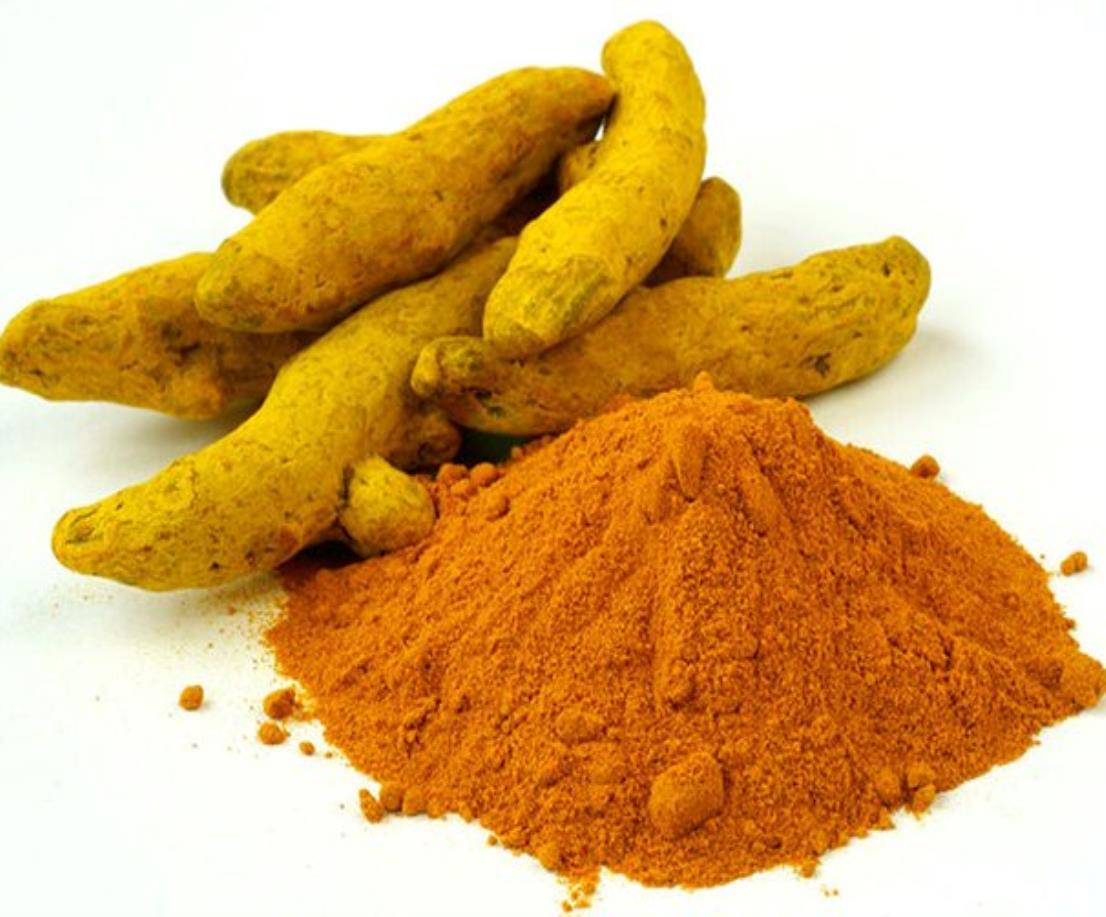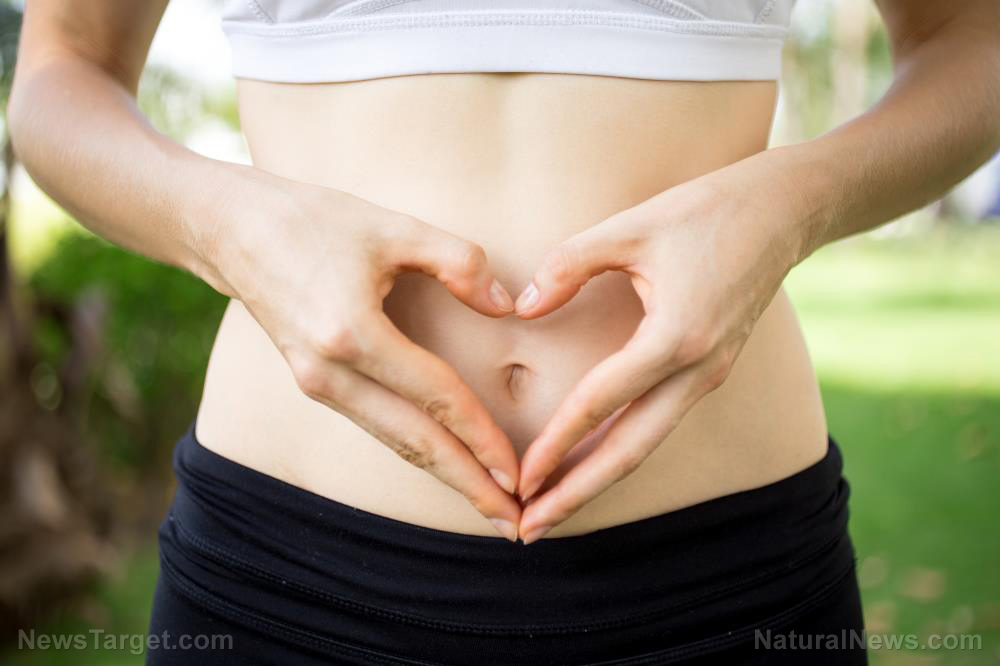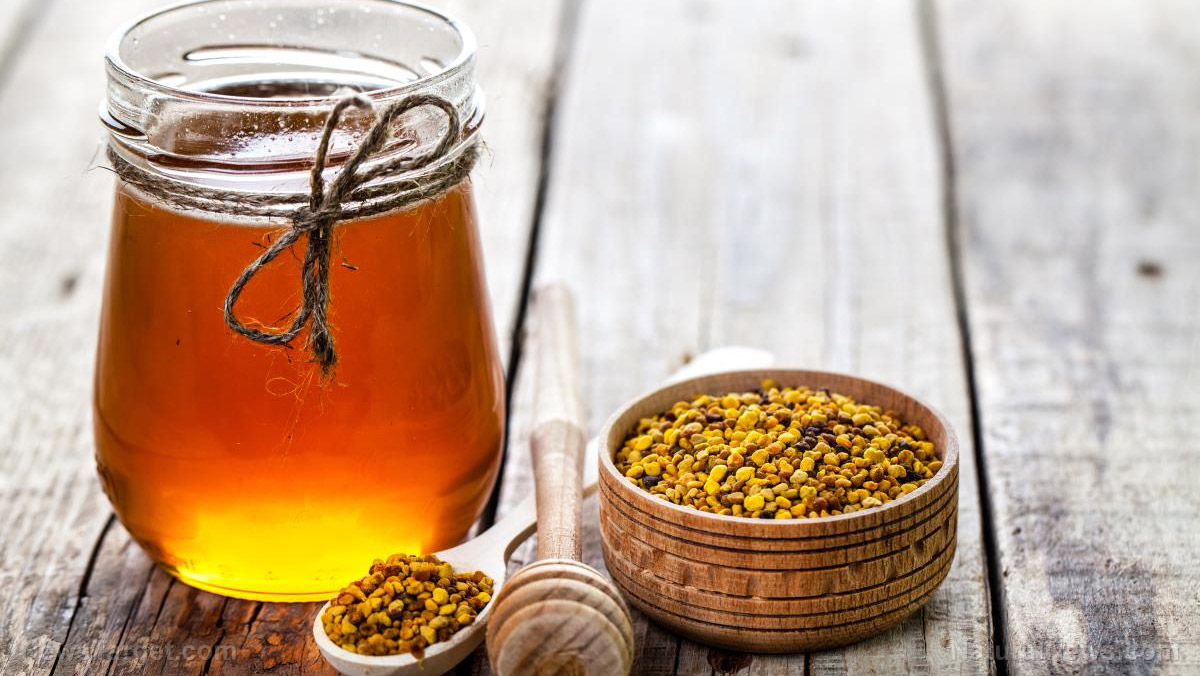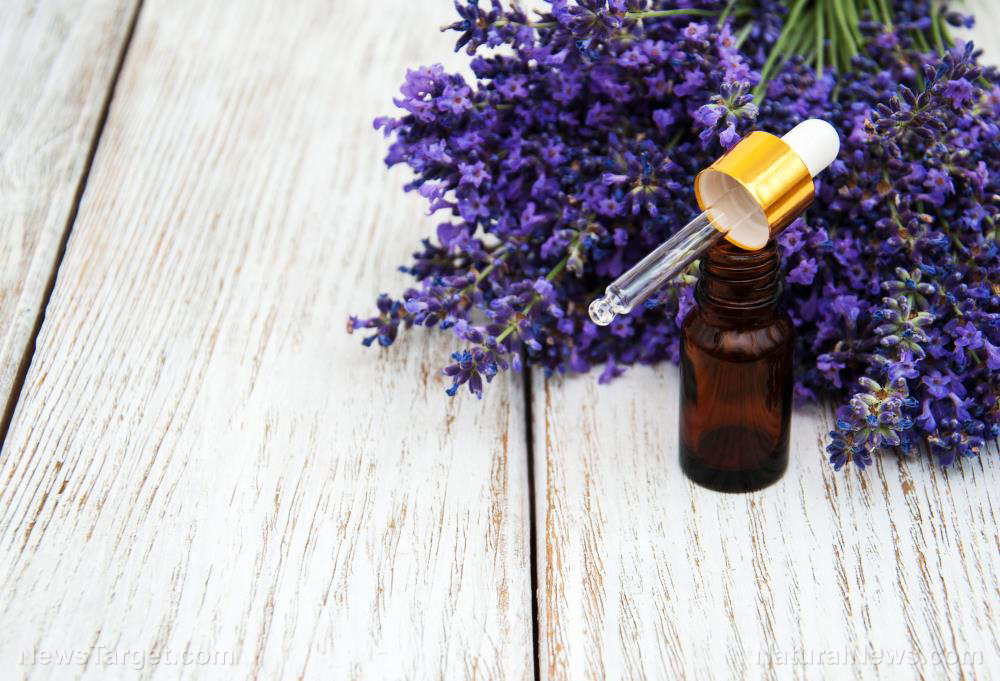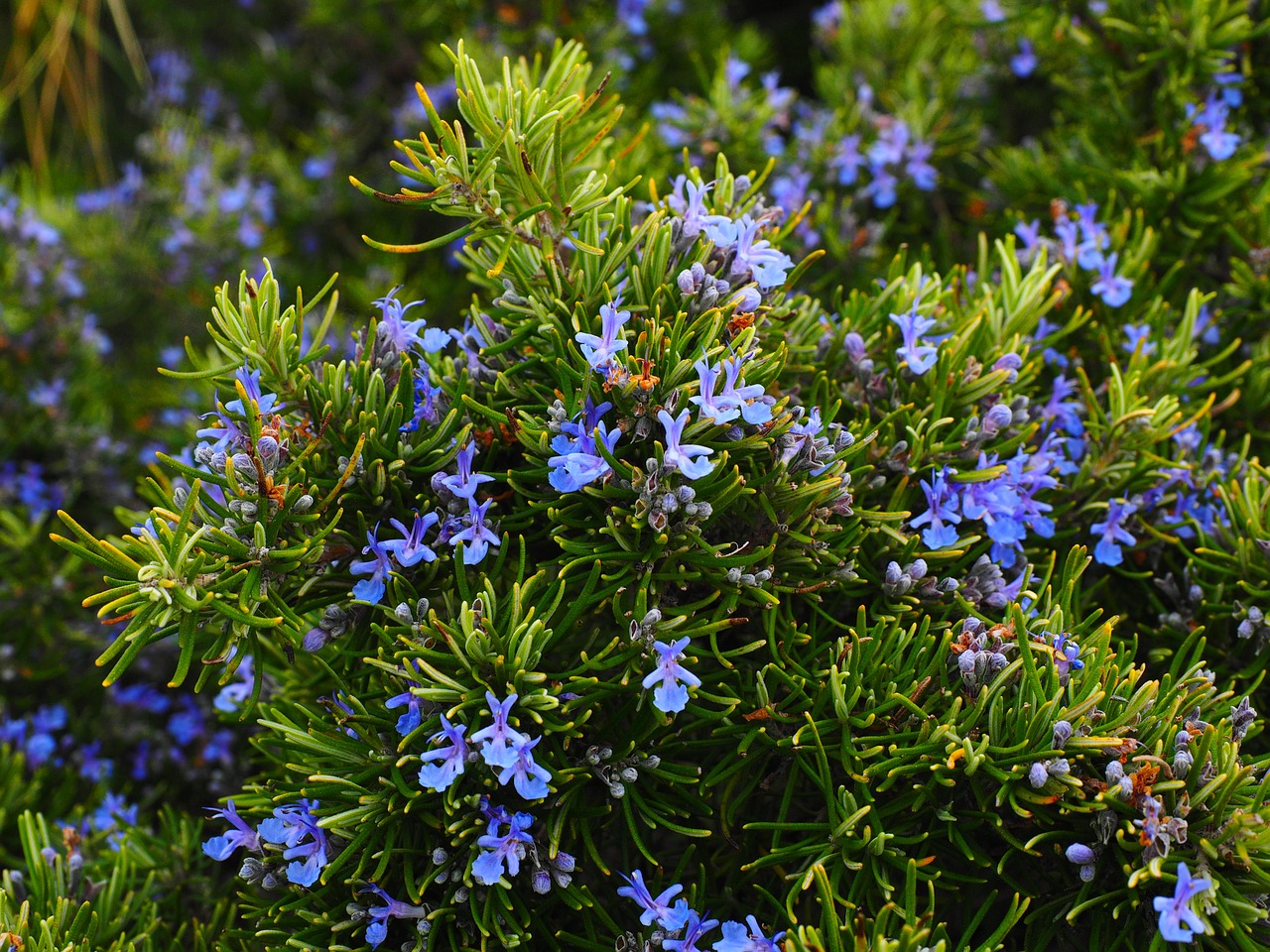
How to efficiently extract polyphenols from rosemary leaves
According to the researchers, heat-assisted extraction (HAE) is the conventional method used to extract active compounds from rosemary. However, recent advances have resulted in the development of a new extraction method which uses ultrasound technology. The use of sustainable new technologies like ultrasound-assisted extraction (UAE) is now highly recommended. But because the optimization of both HAE and UAE has not yet been explored by previous studies, the researchers decided to determine the best conditions for both that would yield maximum results.
After repeated testing, the researchers reported that: A maximum total extraction yield (TEY) of 17.8 percent or total polyphenol content (TPC) of 147.56 milligrams gallic acid equivalent per gram of extract dry weight (mg GAE/g of extract DW); and a minimum half maximal inhibitory concentration (IC50) of 994.68 microgram per milliliter (mcg/mL), can be achieved using the following optimum conditions for HAE:
- Extraction time: 132.80 minutes
- Temperature: 70 C temperature
- Liquid-to-solid ratio: 20:1
On the other hand, a maximum TEY of 20.82 percent or TPC of 185.16 mg GAE/g of extract DW, and a minimum IC50 of 805.84 mcg/mL, can be achieved using the following optimum conditions for UAE:
- Extraction time: 12.60 minutes
- Power: 200 Watts
- Solvent concentration: 56.26 percent ethanol
For HAE, the researchers recorded the lowest IC50 value of 787.70 mcg/mL using a solvent mixture of water and 56 percent ethanol. This was similar to the value obtained for the antioxidant butylated hydroxytoluene (BHT, 714.79 mcg/mL), which confirmed the efficiency of the extraction procedure.
IC50 is a measure of the effectiveness of a substance in inhibiting a biological or biochemical function, while BHT is an industrial food additive.
The researchers concluded that the optimal conditions they reported will allow researchers to obtain maximum extraction efficiency when isolating polyphenols from rosemary leaves.
Active compounds in rosemary can help preserve food and prolong their shelf life
Rosemary extracts contain natural antioxidants that are capable of preserving food. These extracts can effectively slow down the deterioration of food, thus prolonging their shelf life. Because of their antioxidant activity, rosemary extracts are now used in food products like meats, fish, and oils. They have also become viable substitutes for synthetic food additives and are commonly associated with "clean" labels. (Related: Rosemary is one of the easiest herbs to grow.)
Food spoilage is caused by many factors, such as degradation by either bacteria, yeasts, or molds, or fat oxidation due to the presence of free radicals. Preservatives are used to deal with the former while antioxidants are added to foods to delay the latter. While archaic methods like drying, salting, curing, or smoking can extend the shelf life of some foods, they only perform one function and cannot guarantee food safety the way food antioxidants can.
Rosemary extracts can act as both food preservative and antioxidant. Rosemary extracts contain two polyphenols, namely carnosic acid and rosmarinic acid, that prevent the formation of free radicals and exhibit antimicrobial activity. According to several studies, rosemary extracts are more effective than other food antioxidants traditionally used by the food industry. Rosemary extracts have also been proven effective in preserving liquid-based food and oily food products.
Sources include:
Please contact us for more information.

















